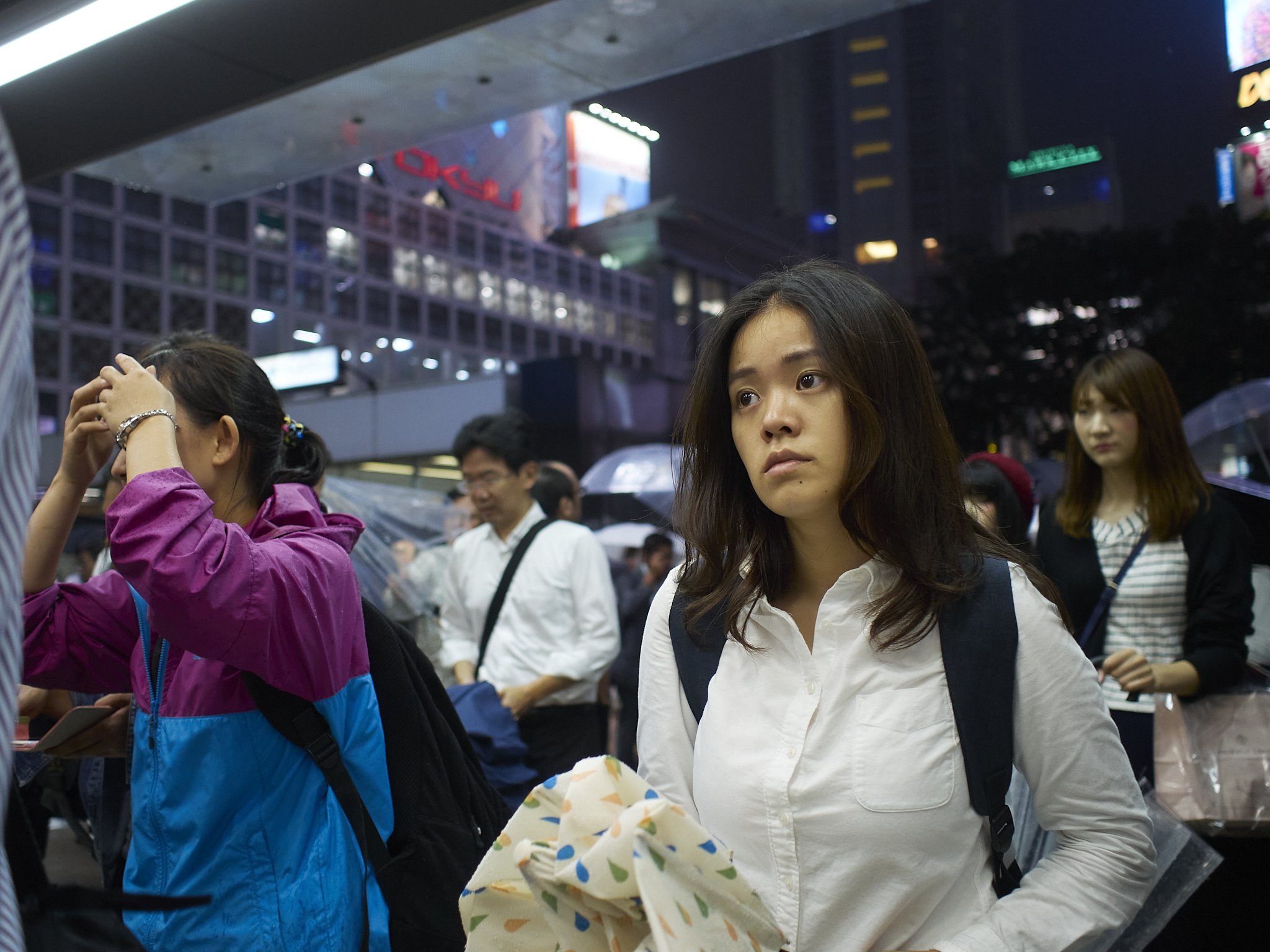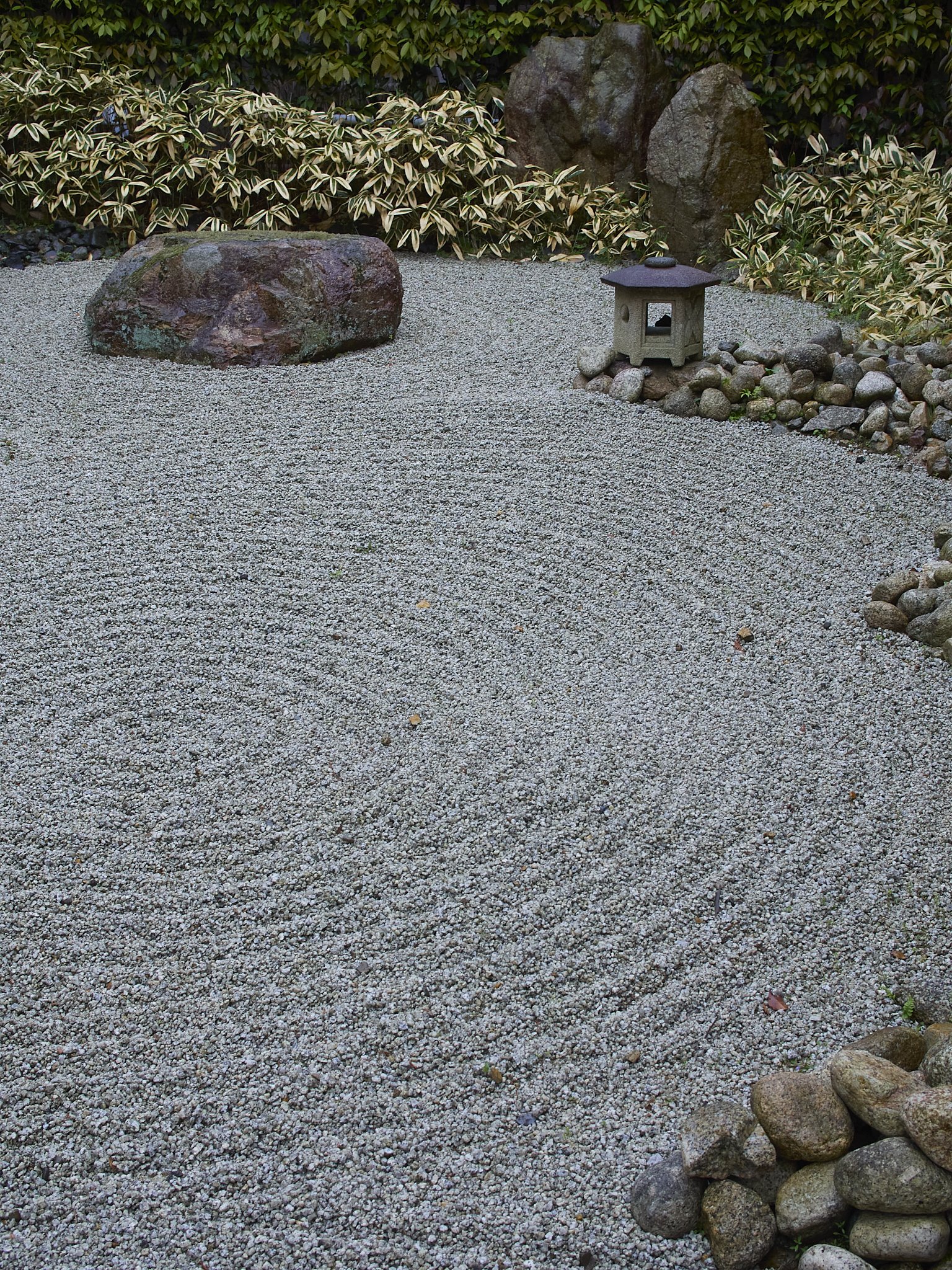Shape.
Yep, the actual shape of the file. M43 is a good fit for print, with plenty of quality to go 3:2 or even wider if desired. Full frame 3:2 ratio on the other hand tends to need cropping more often than not. Of the 30 odd templates we use at the paper, only a handful of inserts actually accept the 35mm format natively (yesterday I did a “Behind The Lens” article with eleven shots from a Tokyo garden. Only a two needed any cropping on our templates. The reality is a single image or matched pair stretching from side to side are a better fit in 4:3 ratio.
Square is well served and wider is much the same, as the extra included height in 4:3 is as relevant as it is in 3:2. It is just included, not excluded. I especially like 4:3 in verticals, finding 3:2 too skinny.
Flash.
This is a mixed bag.
On one hand the depth of field advantage effectively makes flash units 2 stops more powerful, turning speed-lites into heavy duty models, then these into mono blocks. My YN560’s act like AD 200 Godox units.
On the flip side, wide aperture shooting in daylight using high speed sync can be more taxing on the units, generally needing wider apertures, then higher shutter speeds to achieve. I fix this with a ND filter.
*
There are a couple of patterns forming here.
More blur can be added, but not taken away, meaning deeper depth of field can be reduced in processing, but not increased and a squarer shape can be cropped, but a thinner one cannot be expanded. This means in a nutshell, more flexibility.
My take away.
M43 can offer a more flexible, forgiving and logical format for stills photography and empower you at much reduced cost. Do not discount it based on perceived short comings or prejudices until you have tried it and if you do try it, make sure you use it properly.
The key is in the lenses, but they do not have to be ridiculously big or expensive super optics. Part of the magic is the quality of the glass, even at the cheaper end. The 9, 15, 25, 45 and 75 are all top tier, can fit into a small bag and go anywhere (covering 18-150 equiv).
The 10-25 and 25-50 f1.7 zooms are near perfection optically, similar in size and cost to f2.8 full frame zoom, cover more range and are hybrid stills/video specialists. My 300 f4 can match it with any equivalent super tele out there at a third the cost and size. The list goes on.
It is important when looking at the systems in comparison to full frame to think more like motor bikes compared to cars rather than small cars vs bigger ones.
When comparing to APSC crop sensor cameras, the same math applies, just in half increments.
*2x G9’s (10 bit 4:2:2, 4k/60), EM1x (C4K), OSMO Pocket (4K/60), most of which are in video configuration as we speak.






























































































































































